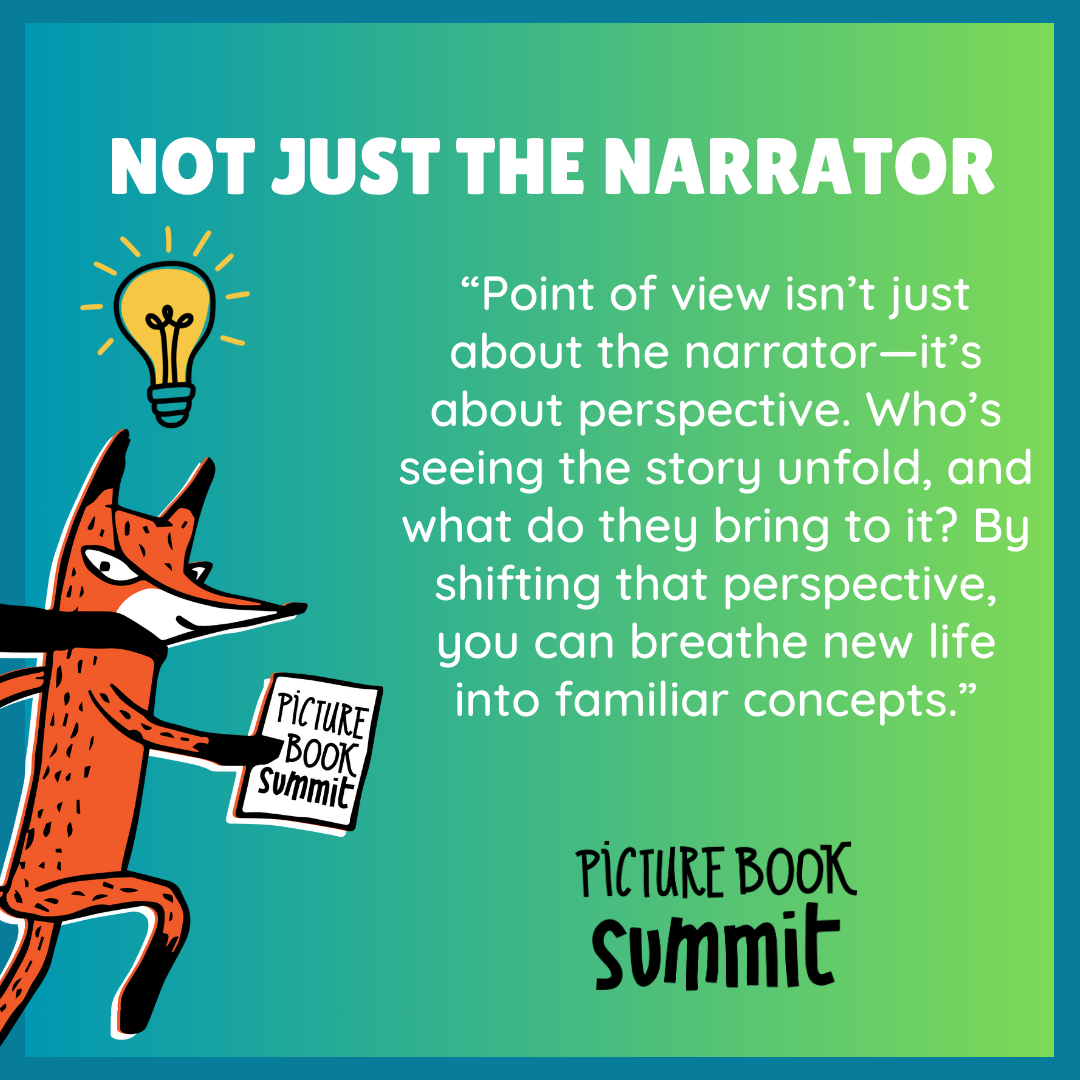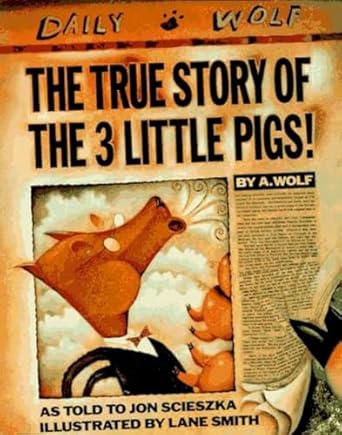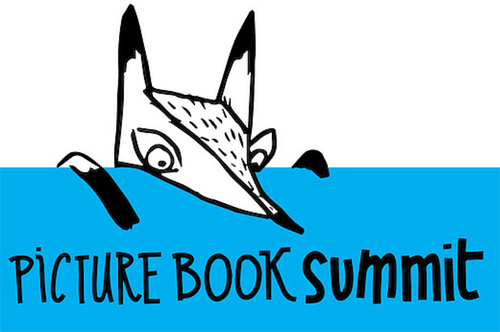Playing with Point of View
When you’re writing a picture book, one of the most important questions to ask yourself is: Who’s telling the story? Sometimes, a simple shift in point of view can turn an idea upside down, transforming a well-worn theme into something fresh and unexpected.
 Point of view isn’t just about the narrator—it’s about perspective. Who’s seeing the story unfold, and what do they bring to it? By shifting that perspective, you can breathe new life into familiar concepts and make your story stand out in a crowded market.
Point of view isn’t just about the narrator—it’s about perspective. Who’s seeing the story unfold, and what do they bring to it? By shifting that perspective, you can breathe new life into familiar concepts and make your story stand out in a crowded market.
Switch Up the Point of View
Let’s say you’re writing about a classic theme: a child afraid of the dark. That’s been done many times, right? But what if you change the point of view?
Instead of the child, what if it’s the monster under the bed who’s scared of the dark? Suddenly, you’ve got a fresh, fun take on a familiar theme. The emotions are still there—fear of the unknown—but you’ve completely flipped how they’re experienced and told. This little twist can take a standard fear-based story and turn it into something original and humorous.
Perspective Creates Connection
When you shift point of view, you also create the chance for deeper connection. Consider a story about a lost dog trying to find its way home. What if, instead of the dog, the story is told from the perspective of the leash, the object that feels abandoned and useless? Now you’ve got a unique emotional angle that readers haven’t seen before. They’ll be drawn to the unexpected voice, and it adds emotional layers to what could have been a straightforward story.
Make Readers See the World Differently
 I remember the first time I read a picture book that completely changed my understanding of what could be done when writing. The True Story of the Three Little Pigs by Jon Scieszka was a paradigm shift for me.
I remember the first time I read a picture book that completely changed my understanding of what could be done when writing. The True Story of the Three Little Pigs by Jon Scieszka was a paradigm shift for me.
The story is retold from the Wolf’s perspective, and suddenly we’re questioning everything we thought we knew about this fairy tale.
That shift makes the story feel brand new, even though we’re already familiar with the events. By playing with point of view, you challenge readers to see the world through new eyes. It adds originality and surprise to even the most well-known themes.
So next time you’re stuck on a story idea, ask yourself, Who’s really telling this story? You might be surprised by the possibilities that open up when you let someone—or something—else take the lead.
Don’t miss the first post in this series: Using Personal Experience to Create Originality in Your Picture Books
Looking for more tips to improve your picture book writing skills? Look no further than our free download HERE!








Jeannine Vetrano Smith
May 14, 2025 at 11:44 amI LOVE The True Story of the Three Little Pigs. I used it to teach POV in my fifth grade classroom. Then my students had to take a well known fairytale or folktale and tell it from a different point of view. I have an idea of one, too:) I find Picture Book Summit to be the best resource for picture book writing.
A sincere thank you!!
Jeannine Vetrano Smith